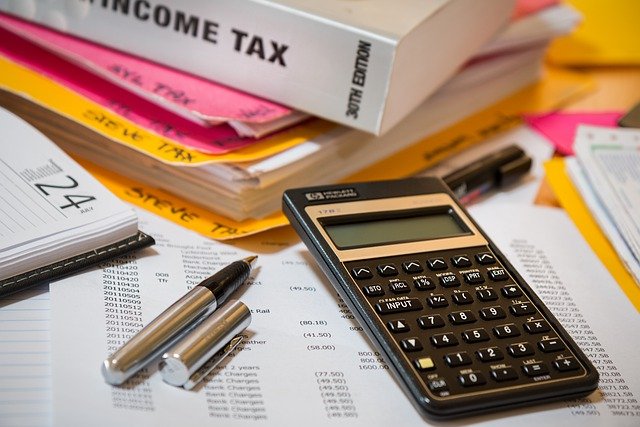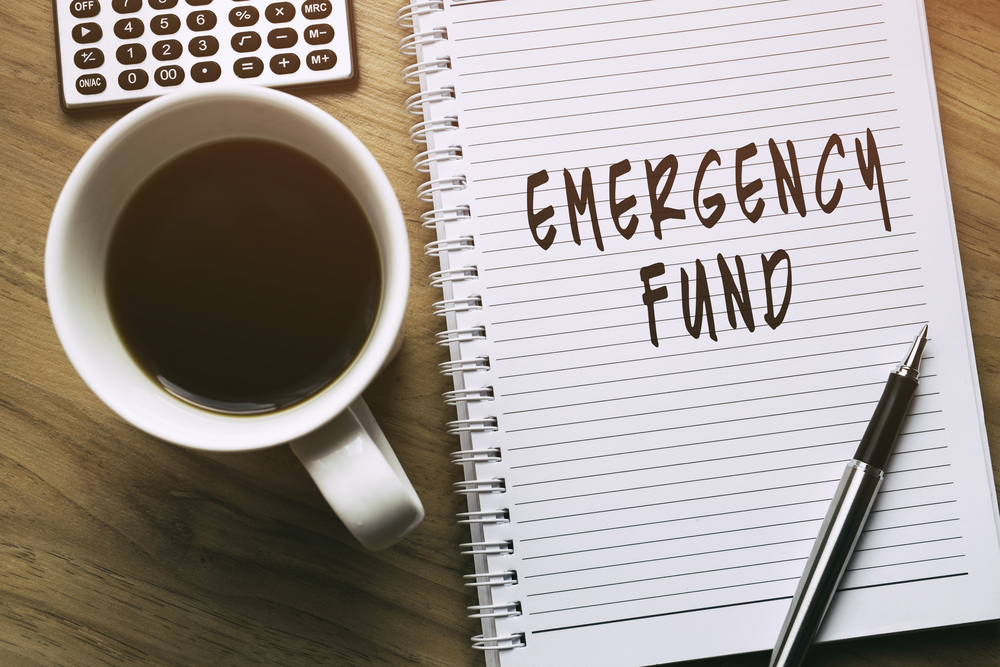How much tax you pay
Most people can earn some interest from their savings without paying tax.
Your allowances for earning interest before you have to pay tax on it include:
- your Personal Allowance
- starting rate for savings
- Personal Savings Allowance
You get these allowances each tax year. How much you get depends on your other income. The tax year runs from 6 April to 5 April the following year.
Personal Allowance
You can use your Personal Allowance to earn interest tax-free if you have not used it up on your wages, pension or other income.
Starting rate for savings
You may also get up to £5,000 of interest and not have to pay tax on it. This is your starting rate for savings.
The more you earn from other income (for example your wages or pension), the less your starting rate for savings will be.
If your other income is £17,570 or more
You’re not eligible for the starting rate for savings if your other income is £17,570 or more.
If your other income is less than £17,570
Your starting rate for savings is a maximum of £5,000. Every £1 of other income above your Personal Allowance reduces your starting rate for savings by £1.
ExampleYou earn £16,000 of wages and get £200 interest on your savings.
Your Personal Allowance is £12,570. It’s used up by the first £12,570 of your wages.
The remaining £3,430 of your wages (£16,000 minus £12,570) reduces your starting rate for savings by £3,430.
Your remaining starting rate for savings is £1,570 (£5,000 minus £3,430). This means you will not have to pay tax on your £200 savings interest.
Personal Savings Allowance
You may also get up to £1,000 of interest and not have to pay tax on it, depending on which Income Tax band you’re in. This is your Personal Savings Allowance.
To work out your tax band, add all the interest you’ve received to your other income.
| Income Tax band | Personal Savings Allowance |
|---|---|
| Basic rate | £1,000 |
| Higher rate | £500 |
| Additional rate | £0 |
Interest covered by your allowance
Your allowance applies to interest from:
- bank and building society accounts
- savings and credit union accounts
- unit trusts, investment trusts and open-ended investment companies
- peer-to-peer lending
- trust funds
- payment protection insurance (PPI)
- government or company bonds
- life annuity payments
- some life insurance contracts
Savings in tax-free accounts like Individual Savings Accounts (ISAs) and some National Savings and Investments accounts do not count towards your allowance.
There are different rules for tax on foreign savings and children’s accounts.
Interest on joint accounts
If you have a joint account, interest will be split equally between the account holders. Contact the savings helpline if you think it should be split differently.
If you go over your allowance
You pay tax on any interest over your allowance at your usual rate of Income Tax.
If you’re employed or get a pension, HMRC will change your tax code so you pay the tax automatically. To decide your tax code, HMRC will estimate how much interest you’ll get in the current year by looking at how much you got the previous year.
If you complete a Self Assessment tax return, report any interest earned on savings there.
You need to register for Self Assessment if your income from savings and investments is over £10,000. Check if you need to send a tax return if you’re not sure.
If you’re not employed, do not get a pension or do not complete Self Assessment, your bank or building society will tell HMRC how much interest you received at the end of the year. HMRC will tell you if you need to pay tax and how to pay it.
If you already paid tax on your savings income
You can reclaim tax paid on your savings interest if it was below your allowance. You must reclaim your tax within 4 years of the end of the relevant tax year.
You can claim through your Self-Assessment Tax Return if you complete one. If not, fill in form R40 and send it to HMRC. It normally takes 6 weeks to get the tax back.
(GOV.UK)





